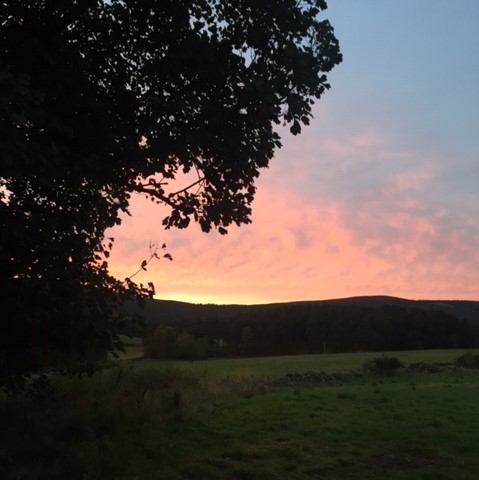With all the challenges raised by the current Covid-19 pandemic, there are fewer tasks which could have involved less human contact than identifying all the different tree species that inhabit the 506ha Auchnerran Farm! With our Supervisor and Research Assistant, Marlies, on part-time furlough, identifying all the tree species on the farm was a brilliant icebreaker for myself and Liv (the other placement student) in our first weeks at Auchnerran. We were able to begin learning how to navigate our way around the farm, as well as how to identify other plants and animals, as well as trees.
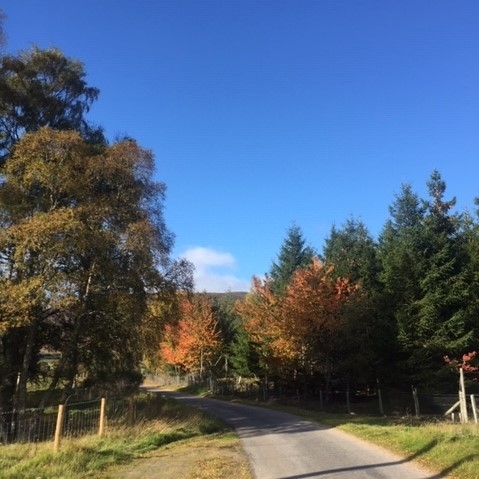
We began by gathering a range of identification material, such as the Woodland Trust tree identification guide, and a range of Apps to help us build on our limited knowledge of tree species. Then, we headed to each woodland area, displayed on a map of the farm, to identify which tree species were present there. Initially, this sounded relatively simple, however, after visiting each site at least twice, we soon realised that there is so much to take into consideration when identifying trees – bark colour/texture, height, cones, leaf shape and much more!
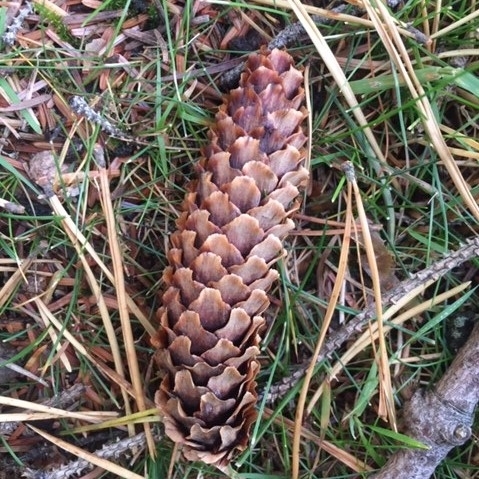
As we visited each site, it became gradually more straightforward to identify each tree, with the differences between similar species becoming clearer with each encounter. In total, we found 22 different tree species across the entirety of the farm – 18 of which were deciduous and the other 4 evergreen. This information has now been compiled in the form of a Tree ID Booklet for Auchnerran.
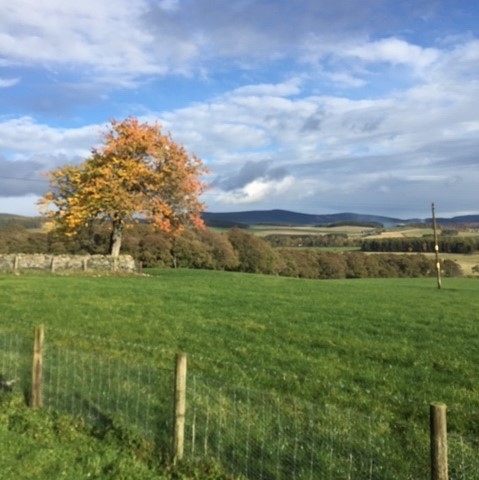
However, our tree work did not end there. Our next task was to collect data required for the farm’s carbon audit. We revisited our tree identification sites, and this time had to take a range of measurements, mainly to determine the age of the tree and nearest neighbour distances, as well as identify which species the trees were– made much easier thanks to our new tree ID skills! The collection of these data will enable the value of natural assets – in this case trees - to be assessed, by estimating the amount and monetary value of carbon which has been sequestered by trees on the farm.
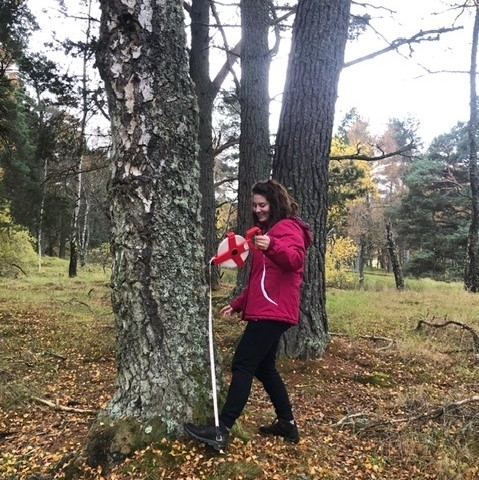
Given the current climate crisis, carbon has, in some sense, been allocated a monetary value due to the implementation of carbon taxes and the ability of companies to ‘offset’ emissions by investing in trees grown elsewhere like, for example, Auchnerran. The role of a carbon audit as part of the farm’s natural capital assessment, is invaluable as it will help build a picture of the GWSDF carbon footprint and stimulate further research to be carried out regarding carbon and other natural capital assets.
